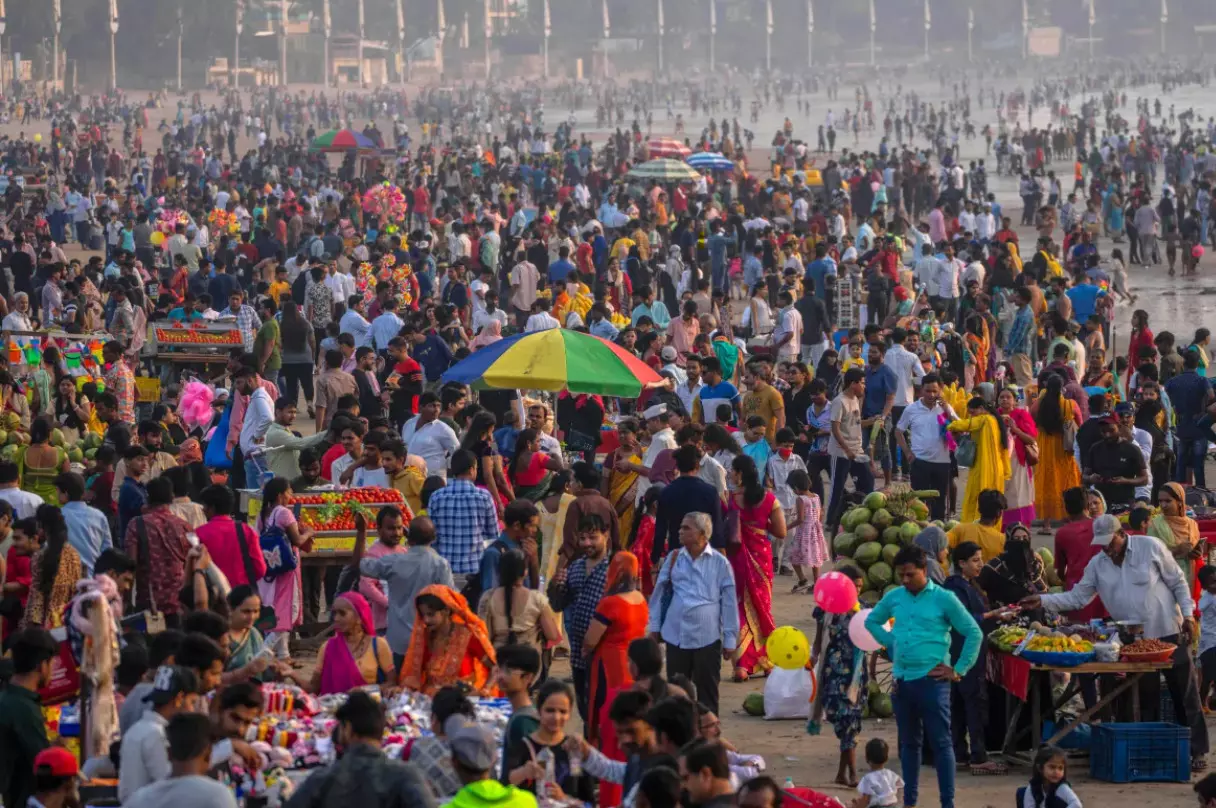Roadmap for transition

As per the recently released India Ageing Report 2023, compiled collaboratively by the International Institute for Population Sciences (IIPS) and the United Nations Population Fund (UNPF), India is on the cusp of a demographic transformation that demands immediate attention and prudent policymaking. The report paints a clear picture of the future, where India's elderly population is set to rise to 20.8 per cent by 2050, and an alarming 36 per cent by the end of this century. This demographic shift should not be overlooked, as it carries far-reaching implications for the nation's social, economic, and healthcare systems. As of July 2022, India already had 149 million elderly citizens, constituting 10.5 per cent of the total population. This is a substantial segment of India’s society, and its disproportionate trajectory is a cause for concern. India's longstanding demographic dividend, driven by its youthful population, has been a cornerstone of its economic aspirations. However, the present findings of the report must serve as a wake-up call for the policymakers, igniting two critical concerns. Firstly, they must recognise the urgency of creating ample employment opportunities for the existing youth population. India’s demographic dividend, which is still intact, can only yield economic prosperity if the country harnesses the potential of its young workforce through skill development, education, and job creation. Failure to do so could mean a lost opportunity. Secondly, it is imperative that India learns from global best practices in managing demographic transitions. Countries like Japan, Monaco, Italy, Finland, Portugal, and Greece have already grappled with significant elderly populations, and their experiences can offer valuable insights into addressing the challenges that lie ahead for India. India has a window of opportunity to make informed policy decisions and manage the rapid ageing of our population. Compared to many other nations, India is relatively well-placed to manage this transition. However, time is of the essence. The UNPF report provides the country with a unique chance to establish a comprehensive framework that ensures the well-being and social security of the ageing population while preserving the demographic dividend. The ageing of the population can basically be attributed to two primary factors — increasing life expectancy and declining fertility rates. In the past, India was preoccupied with curbing fertility rates, which have now stabilised at a desirable level. While this accomplishment is commendable, it is imperative that the focus shifts toward addressing the challenges posed by a growing elderly population. Apart from the increasing proportion of elderly population, the report highlights several other disconcerting details. The number of elderly individuals will soon surpass the number of children aged 0-14 years. Simultaneously, the working-age population (aged 15-59) is expected to decline. Moreover, over 40 per cent of the elderly in India belong to the poorest wealth quintile, with nearly 18.7 per cent living without a source of income. This paints a grim picture of economic vulnerability among the elderly citizens. Additionally, the report reveals that a man aged 60 in India can expect to live another 18.3 years, while women can anticipate living for 19 years. This discrepancy underscores the potential increase in the population of widowed women, who often face greater social and economic challenges. In light of these findings, it is crucial that the government adopts a calibrated and targeted response to safeguard the elderly population's well-being and dignity. This response should encompass comprehensive healthcare provisions, social security schemes, and opportunities for active participation in society. Furthermore, efforts must be directed towards fostering intergenerational bonds and dispelling the stigma often associated with ageing. India's demographic transition is a reality that we cannot afford to ignore. It necessitates a proactive and forward-looking approach from policymakers. While our youthful population has been an asset, we must now transition into a society that values and supports its elderly citizens. This is not merely a matter of social responsibility but a strategic imperative for the nation's future. To sum up, the India Ageing Report 2023 serves as a crucial document that highlights the impending demographic changes and their multifaceted consequences. It is a call to action for policymakers to formulate policies that ensure the well-being and inclusivity of all age groups in society.



